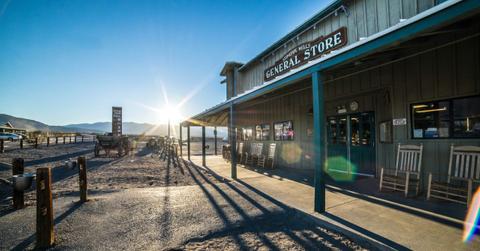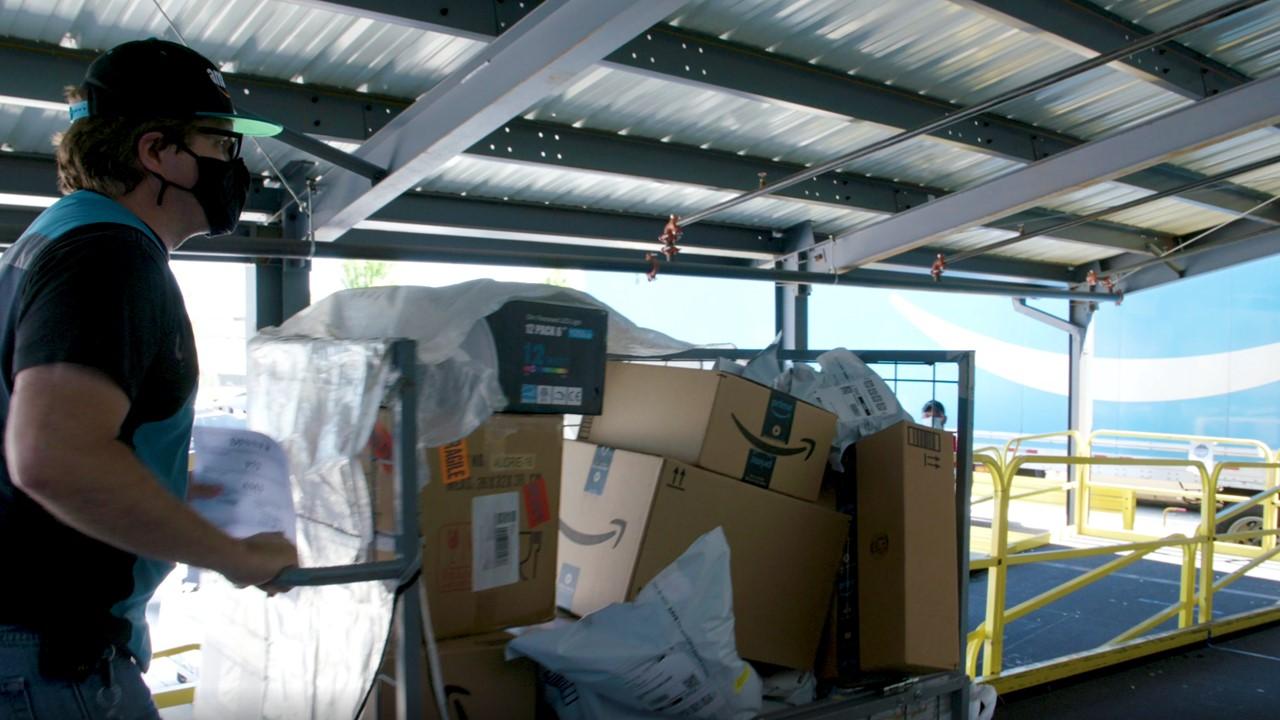Amazon Delivers to Rural Areas — Here's How the Program Works
Amazon’s new delivery program uses local stores to get packages to residents in rural areas. Here's how Amazon's delivery system works.
May 10 2022, Published 11:55 a.m. ET
Amazon.com Inc. (AMZN) stock lost about a quarter of its value from April 28 to May 9, due in part to poor earnings showcasing a major loss on a Rivian investment. So far, Amazon has been losing money in 2022. While that may have been news to retail investors, Amazon executives saw it coming for at least a little while. That, combined with the company’s seemingly endless aim to expand its e-commerce business, is why Amazon has tapped further into the rural market with under-the-radar delivery programs.
Amazon launched an experimental partnership program with small locally owned shops in specific rural areas in the hopes of improving its efficiency in low-saturation markets.
Amazon has a experimental rural delivery program.
Amazon is partnering with local or family-owned stores (think of mom-and-pop shops) in Nebraska, Mississippi, and Alabama. The experimental program began in the summer of 2021 and offers a per-package payment for package deliveries within a 10-mile radius of the store. The program enables more efficient delivery in rural areas without having to increase the number of employed drivers.
Amazon’s rural delivery partnership could be overwhelming for some.
In many rural communities throughout the U.S., it’s common for stores to be closed on certain days of the week, like Sundays or Mondays. Amazon’s operations are more akin to the hustle culture (hence the 150 percent turnover for Amazon warehouse workers).
Naturally, Amazon asks rural stores to deliver packages seven days a week, with just a handful of holidays off each year. Packages aren't guaranteed, but an Amazon driver drops off a load of parcels every morning. While there aren't any prerequisites for the program, it does ask a lot of mom-and-pop shops that already run small businesses.
How much does Amazon pay its rural shop partners?
So far, Amazon has only dabbled in a beta version of the program, though it will likely expand. The program is a unique last-mile solution that doesn’t rely on the already overburdened U.S. Postal Service and United Parcel Service (UPS).
At this point, Amazon reportedly pays delivery drivers a per-package fee of $2.50–$3.00. This number may be higher now due to a surge in fuel costs. According to Amazon, existing business owners with their own liability insurance stand to rake in upwards of $2,000 weekly, though that assumes they deliver 800 packages during that time. That amounts to nearly 115 packages per day. This seems pretty unreasonable, especially given the increased distance between residences in rural areas (the whole reason Amazon is outsourcing the work to begin with). Plus, Amazon is marketing it as a side hustle while the business owners continue their normal storefront operations.
Will Amazon’s new initiative be fruitful for AMZN stock?
AMZN is one of many big tech stocks that's down a substantial amount YTD (35.09 percent as of May 10, to be exact). This program could help bolster the company, but it can’t do all the lifting alone. It’s possible Amazon will expand the program to other states, but it will likely have to work out some kinks first.
For example, the seven-day-a-week commitment may be overwhelming for some rural business owners. An anonymous Alabama-based business owner in the program told reporters, “Seven days a week for me is not a big deal because I’m at my shop every day, [...] but for some people, it is a big deal.”


